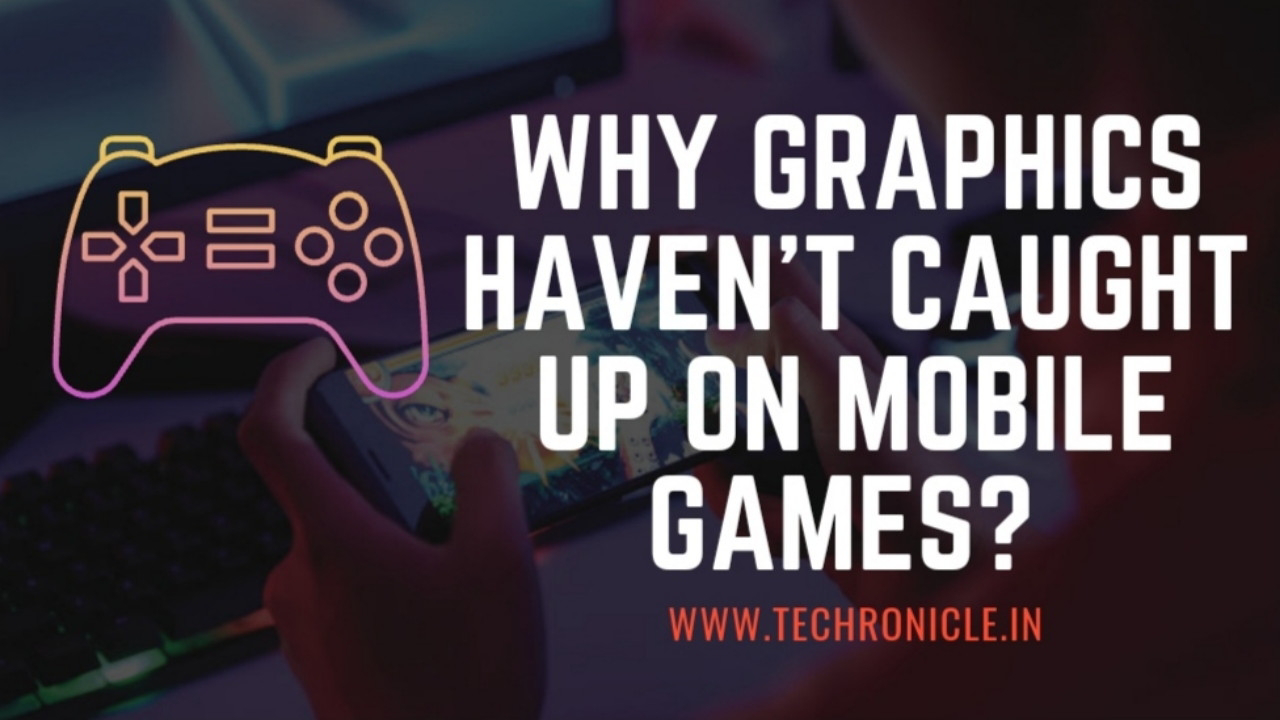Introduction
Remember the days when mobile games had simple graphics and limited capabilities? Over a decade ago, games on devices like the iPhone 4S and Samsung Galaxy S3 were the norm. Fast forward to today, where we have powerful smartphones like the iPhone 14 Pro and Samsung S23 Ultra. Despite these developments, why don't most mobile games' graphics and aesthetics improve significantly? This essay investigates the causes of this phenomena and throws insight on the issues that mobile game creators confront.
The Power Gap in Mobile Phones
Unequal Progress in Smartphone Performance
One crucial aspect contributing to the stagnation of mobile game graphics is the unequal progress in smartphone performance. Flagship phones, such as the Galaxy S23 Ultra, have shown remarkable performance gains over the years. However, the same cannot be said for budget phones. While flagship devices have seen an eight-fold increase in performance, budget phones have only experienced marginal improvements. This discrepancy is due to different consumer preferences and priorities at different price points. Instead of focusing solely on processor capabilities, budget phone manufacturers invest in other features like screen quality and camera performance. As a result, the power gap between high-end and low-end smartphones has widened, limiting the scope for visually advanced mobile games.
Fragmentation and Hardware Limitations
Diverse Specifications and Optimization Challenges
Another significant hurdle faced by mobile game developers is the fragmentation of the platform. Unlike gaming consoles like the PlayStation 5, which offer standardized hardware, mobile phones come in various models with diverse specifications. Because each phone has distinct strengths and limitations, it is difficult for developers to optimise games for all smartphones. The Snapdragon 8 Gen 2 CPU, which is used in many high-end Android phones, for example, offers sophisticated gaming capabilities such as ray tracing.
Monetization Challenges
Balancing Gameplay and Visual Appeal
Monetization poses a significant challenge for mobile game developers. Unlike the traditional console gaming industry, where games are purchased in advance, the mobile gaming market mostly employs free-to-play techniques. Developers must create games that excite customers while also keeping them interested long enough for them to make in-app purchases. With intense competition and a high failure rate, developers often prioritize gameplay and mechanics over visuals. They aim to release a game quickly to gauge its popularity rather than investing extensive resources in creating visually stunning games that may not resonate with users. Consequently, the focus shifts from pushing graphical boundaries to capturing the attention of a large player base.
Limitations of Touchscreen Controls and Battery Life
User Experience and Technical Constraints
Touchscreen controls remain an ongoing challenge for mobile games. Despite various accessories and innovations, the majority of players rely on standard touchscreen input, which may not provide the same satisfaction as traditional controllers. Furthermore, battery life constraints affect gaming experiences on mobile devices. Unlike gaming consoles that remain plugged in, smartphones need to balance gaming performance with power efficiency. Extended gaming sessions drain the battery quickly, making it necessary to prioritize energy conservation over pushing graphical boundaries.
Mobile Gaming's Unique Appeal
Convenience and Instant Gratification
It is crucial to understand that mobile gaming serves a different purpose compared to traditional gaming platforms. Rather than replacing consoles, mobile games focus on providing quick and convenient entertainment. Mobile games are meant to fill short periods of downtime, offering a portable and accessible gaming experience. Players prioritize simplicity and practicality over elaborate graphics. As a result, the majority of users are content with visually modest games that provide instant gratification and require minimal commitment.
Conclusion
Mobile game developers face several challenges that hinder the significant advancement of graphics and visuals in their games. Unequal progress in smartphone performance, fragmentation of the platform, monetization hurdles, limitations in touchscreen controls and battery life, and the unique appeal of mobile gaming all contribute to the limited improvement in graphics. While flagship smartphones have seen significant advancements, budget phones and the fragmentation of the platform create barriers for developers to optimize games for all devices. Monetization challenges also push developers to prioritize gameplay over visuals, and touchscreen controls and battery life limitations further impact the gaming experience. Ultimately, mobile games aim to provide quick and accessible entertainment, catering to users' need for convenience rather than pushing graphical boundaries. As technology continues to advance, it remains to be seen how mobile game developers will address these challenges and further enhance the graphics and visuals in their games.
FAQs
Q1: Are there any mobile games with exceptional graphics?
Yes, there are a few mobile games with outstanding visuals. They are, however, often designed for certain high-end devices and may not be compatible with all smartphones.
Q2: Will mobile game graphics ever catch up to console quality?
It's possible, but there are significant challenges to overcome. The power gap between budget and flagship smartphones, along with hardware fragmentation, makes it difficult to achieve console-quality graphics on all mobile devices.
Q3: Can touchscreen controls ever match the experience of traditional controllers?
Touchscreen controls have improved over the years, but they still lack the tactile feedback provided by traditional controllers. However, innovative accessories and advancements in haptic technology may bridge this gap in the future.
Q4: How can mobile game developers monetize their games effectively?
To commercialise their games, mobile game creators can use a variety of methods, including in-app purchases, adverts, and premium editions with additional features. It is critical to strike the correct balance between monetization and user experience.
Q5: Are there any upcoming advancements in mobile game graphics?
As technology continues to evolve, we can expect gradual advancements in mobile game graphics. With the increasing power of smartphones and advancements in optimization techniques, developers will be able to push the boundaries further.







0 Comments